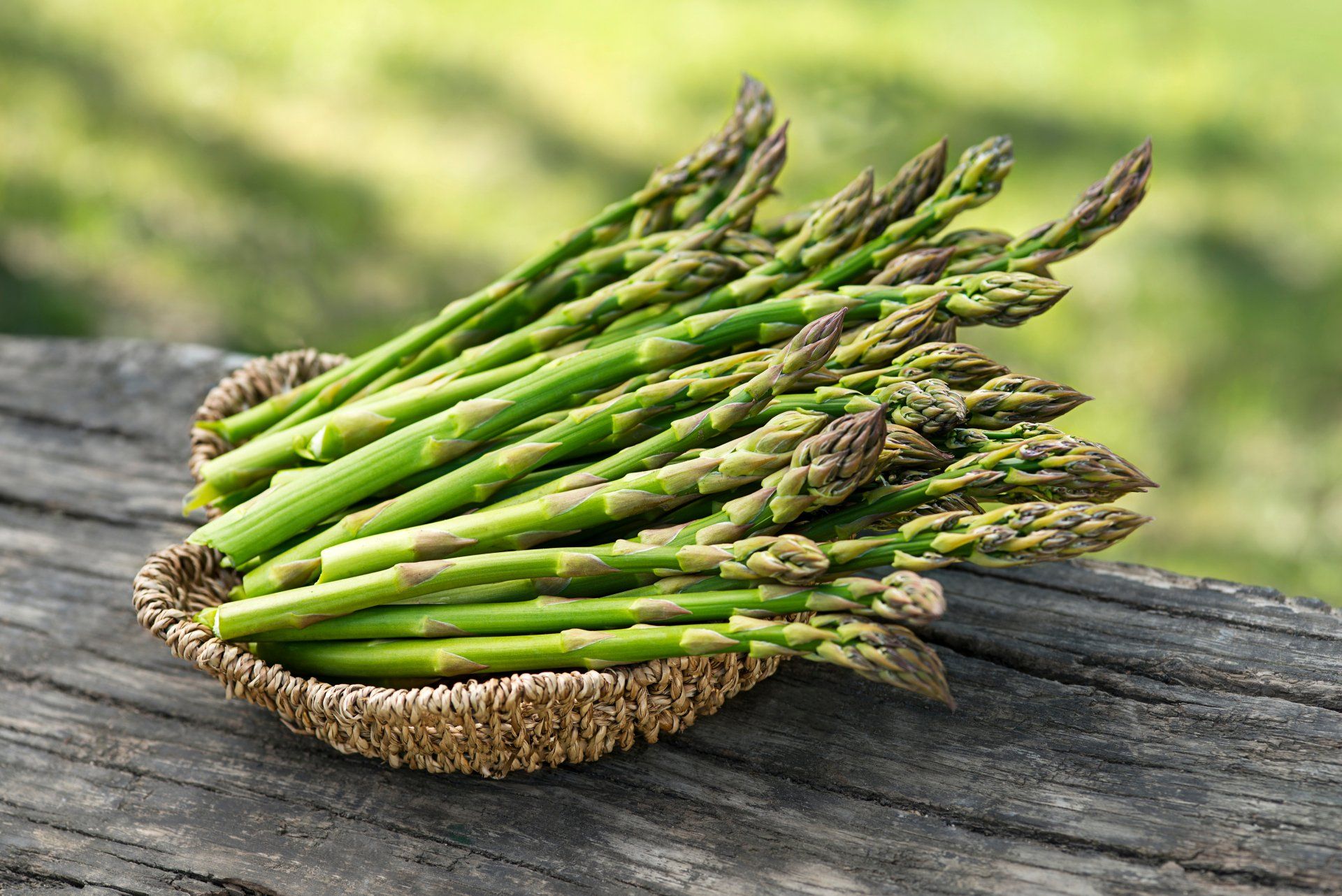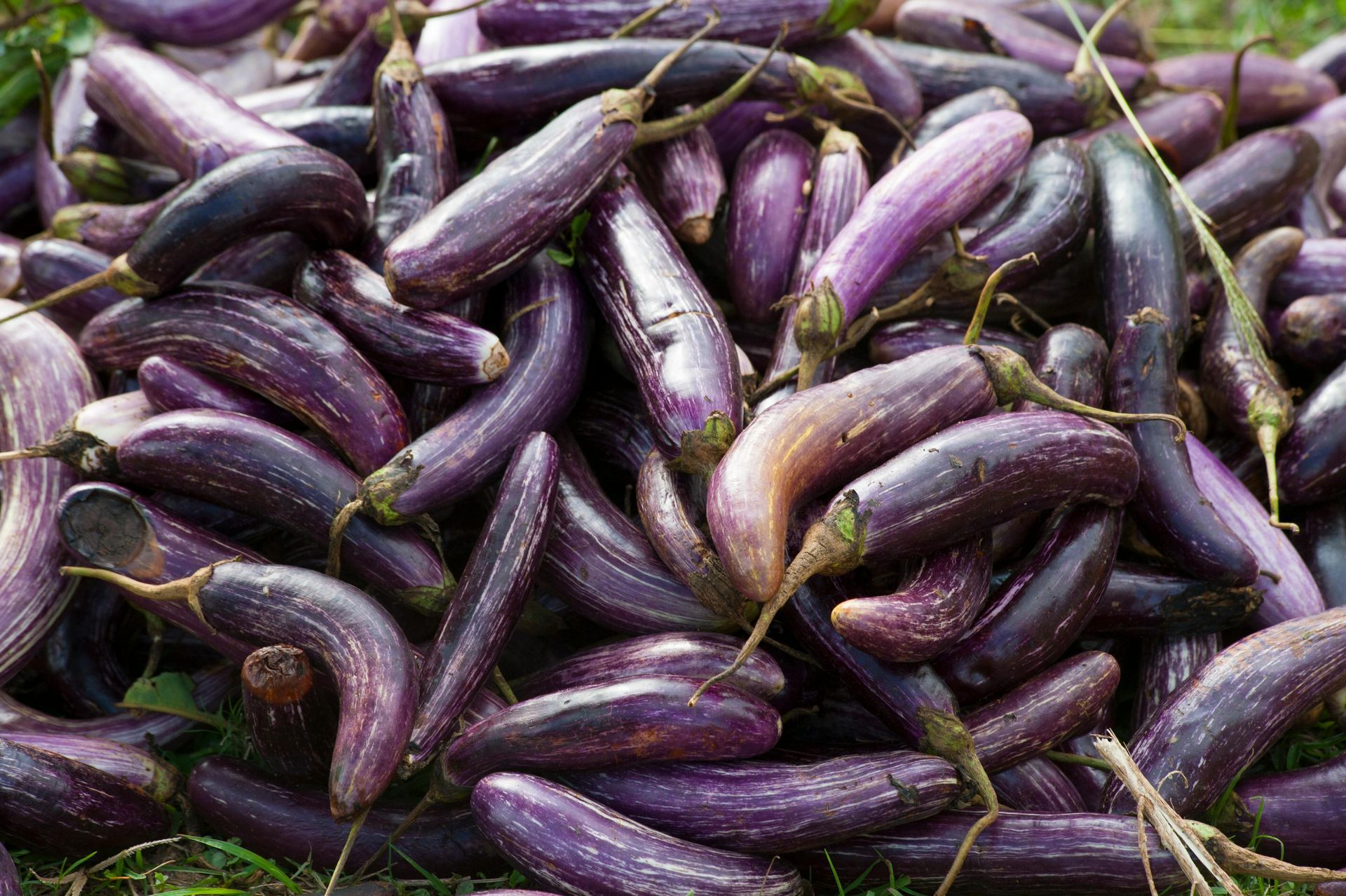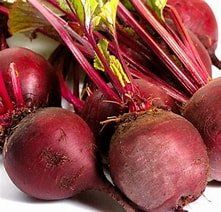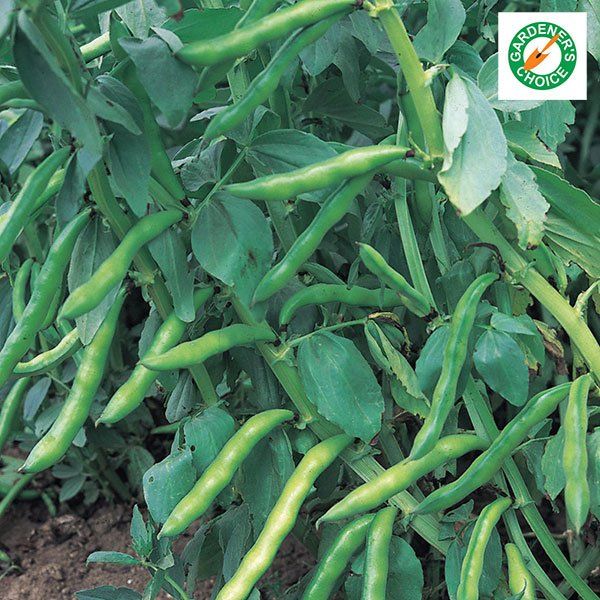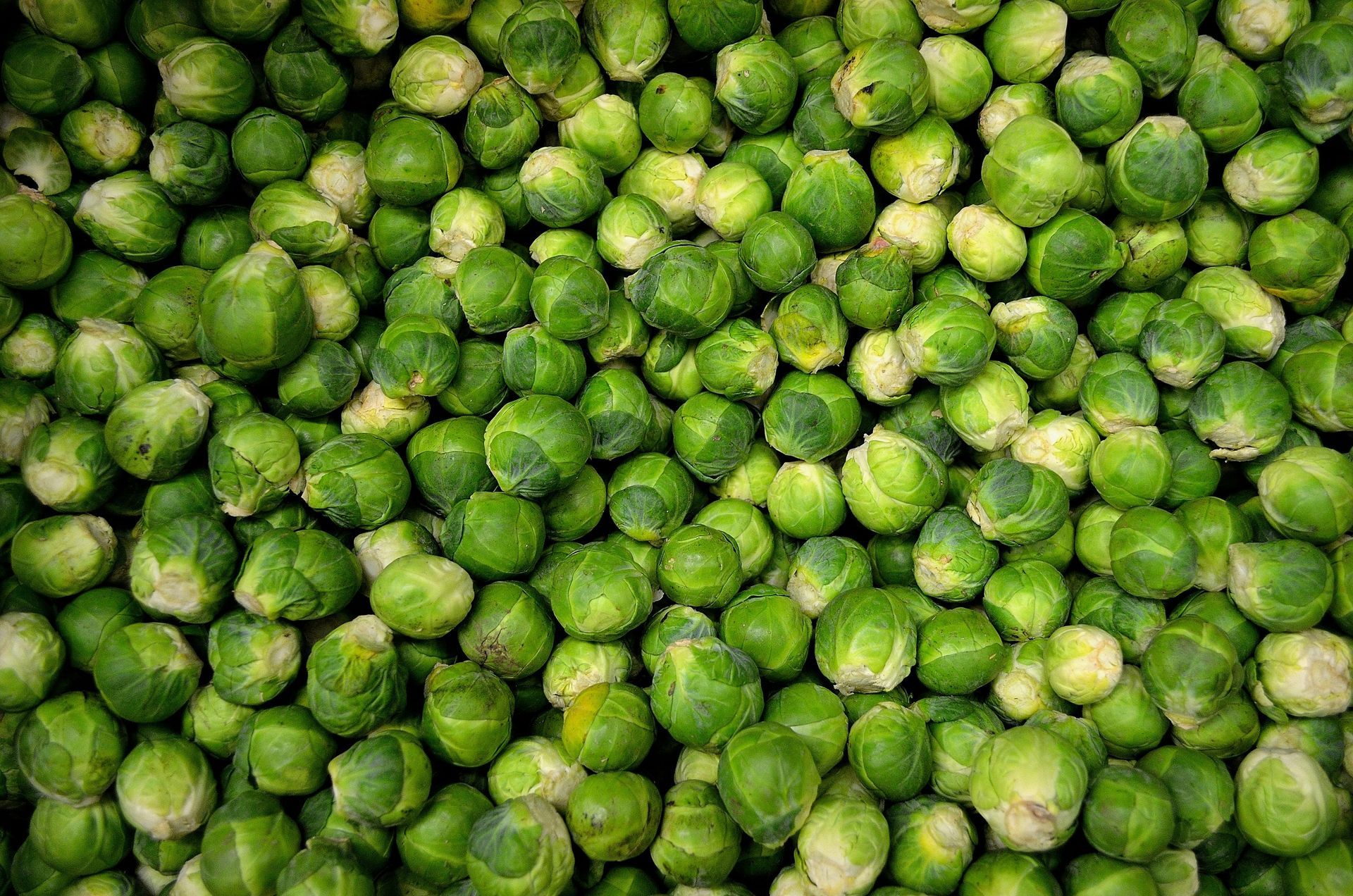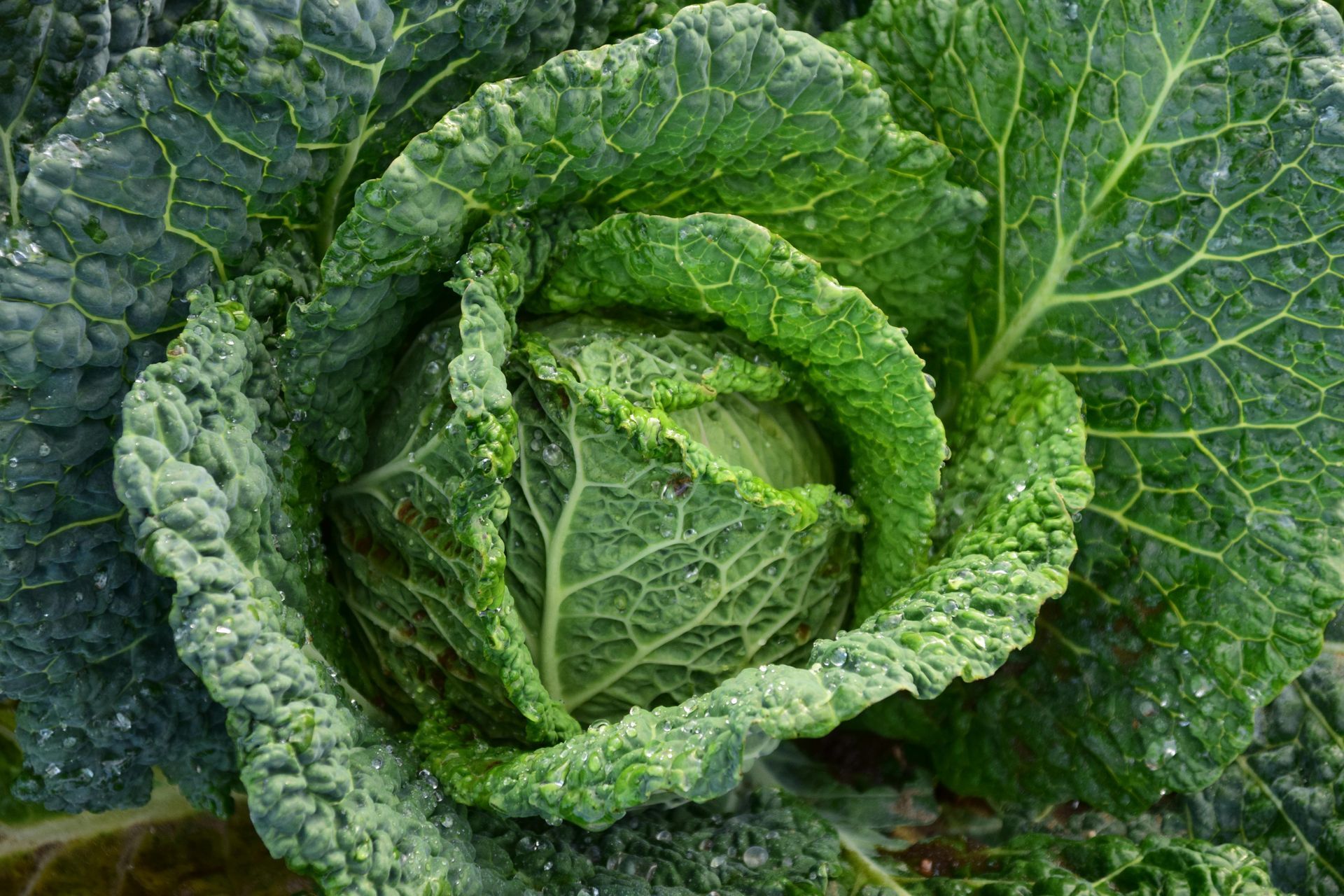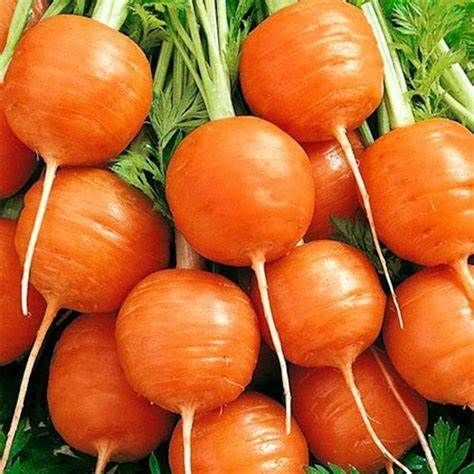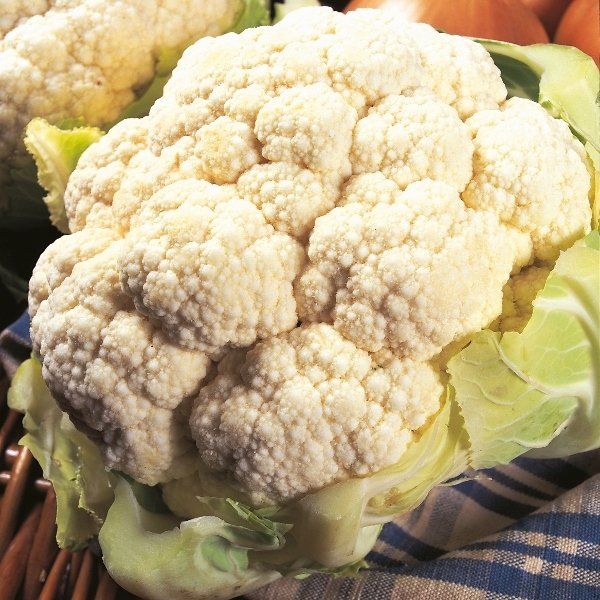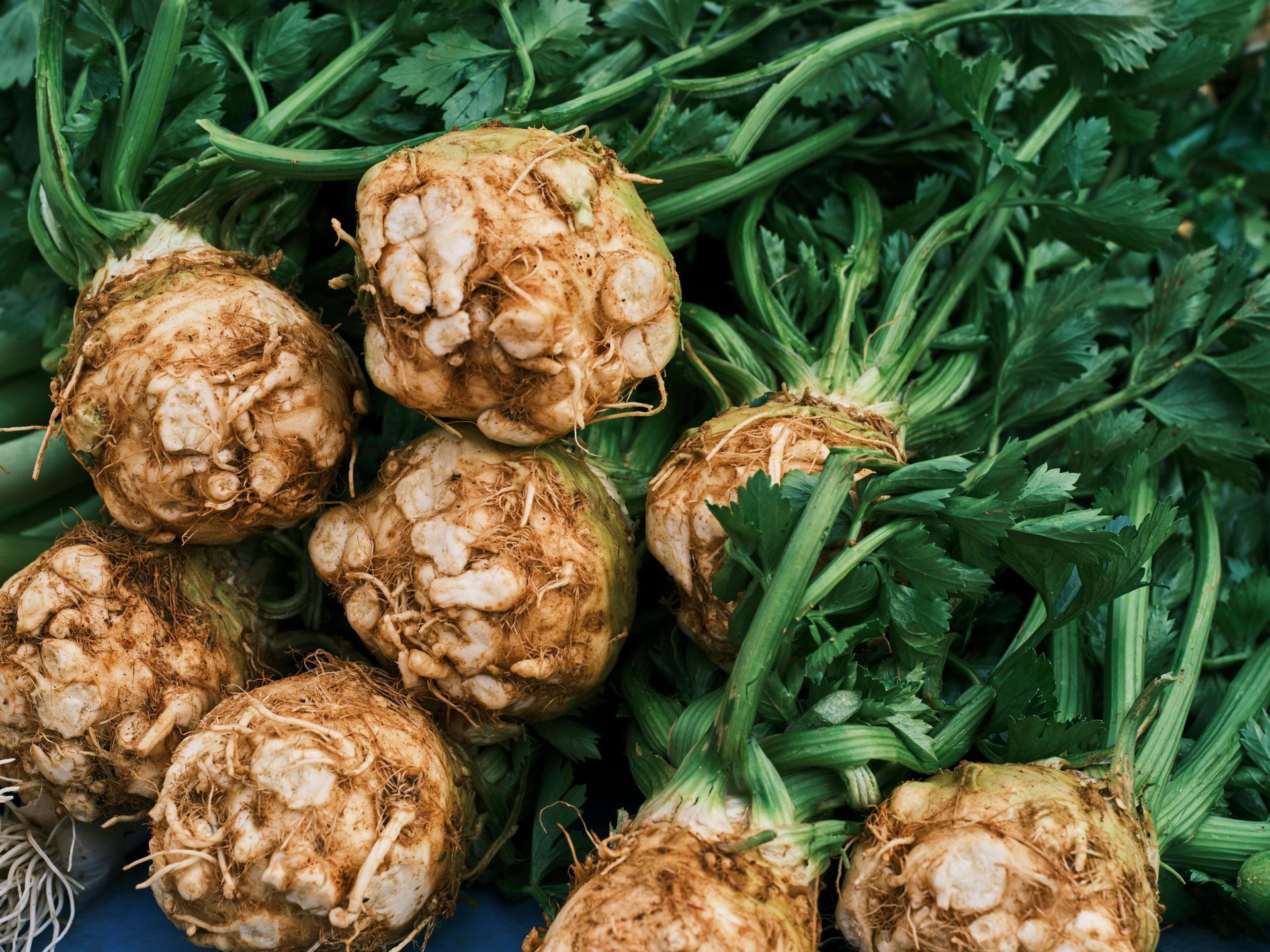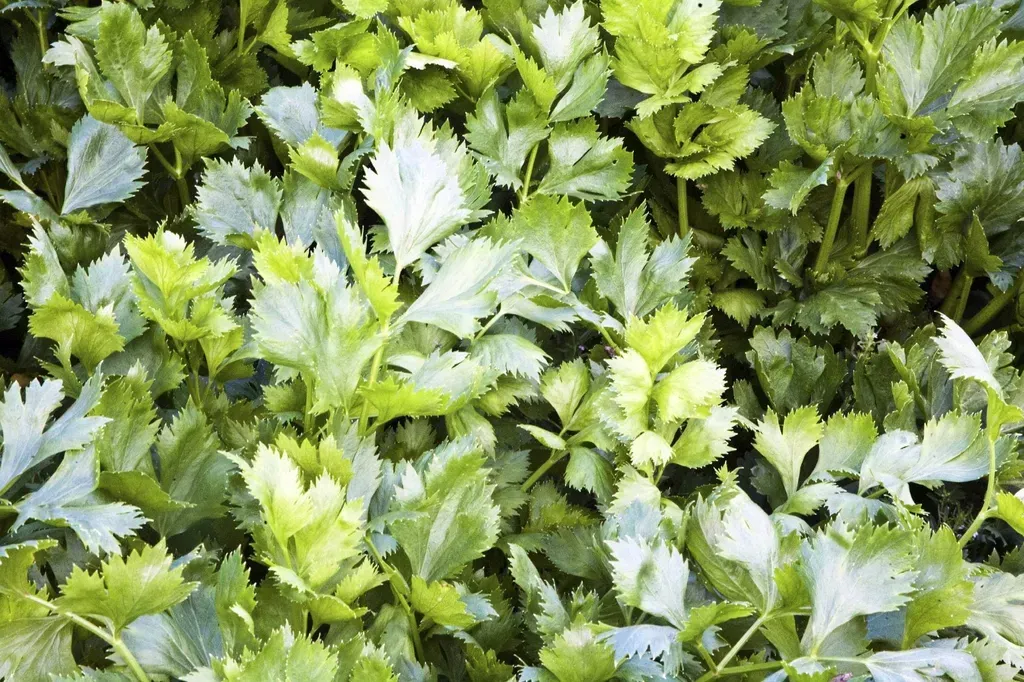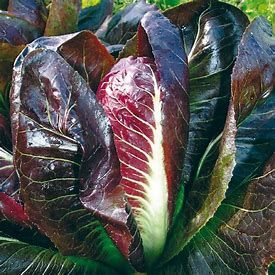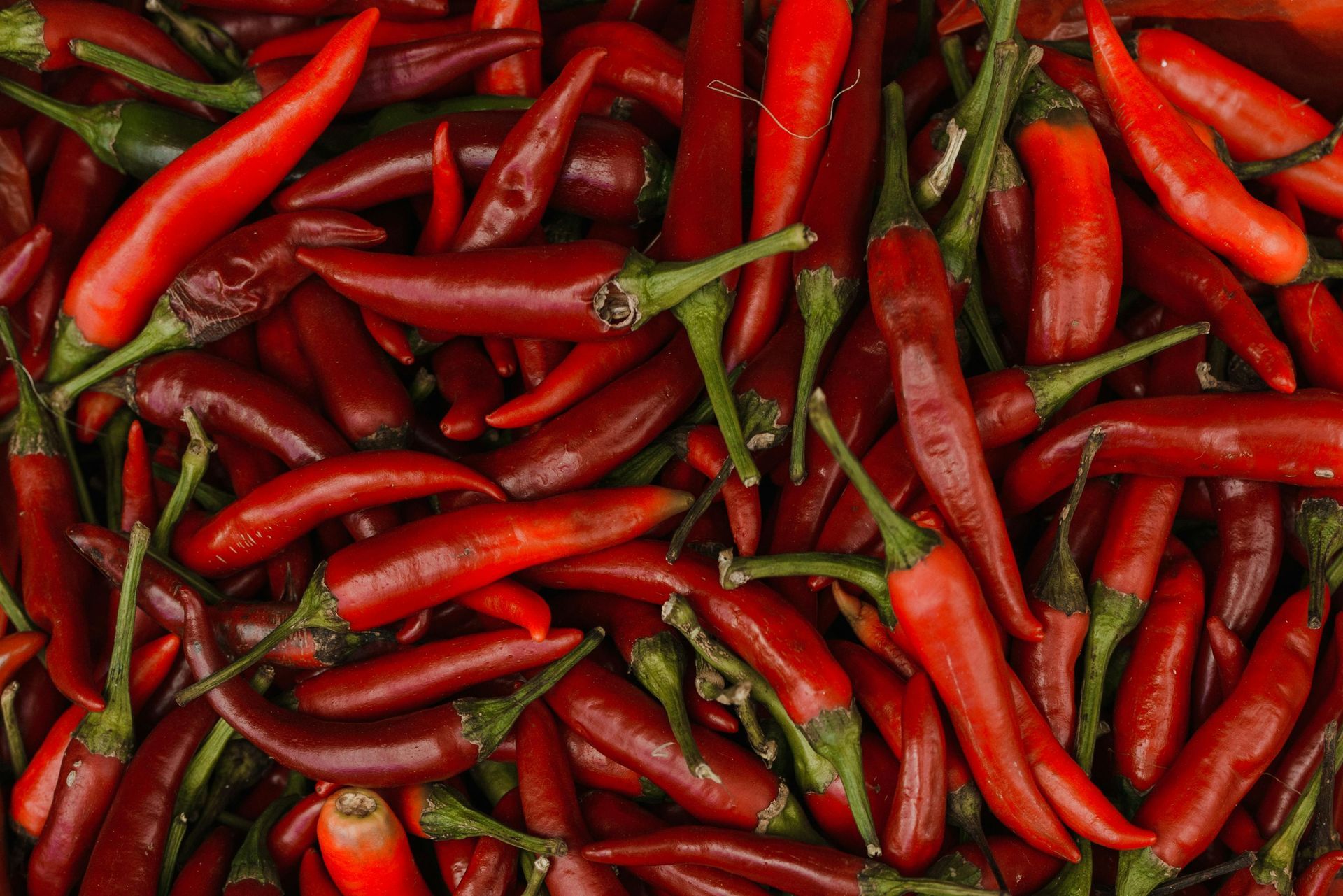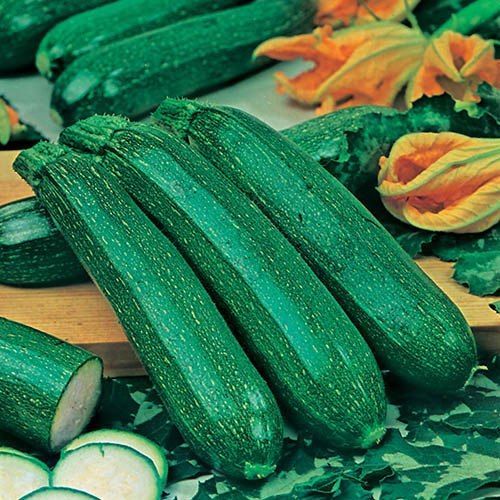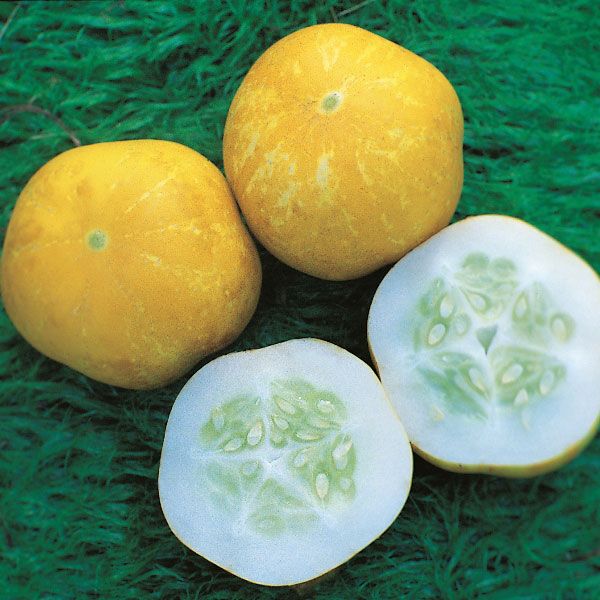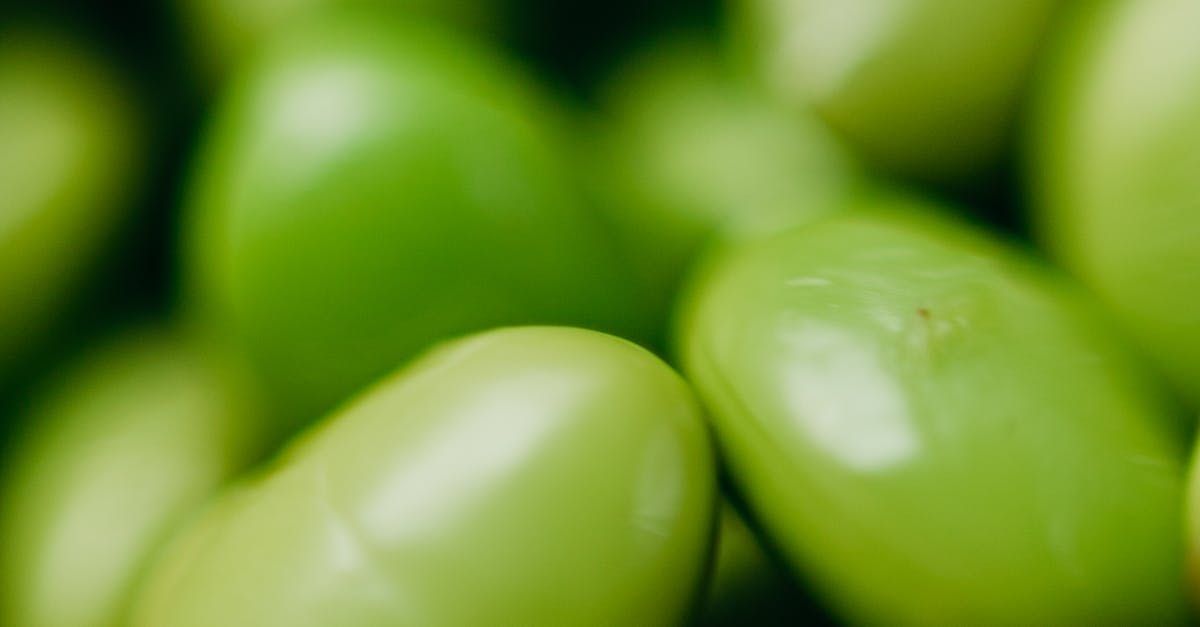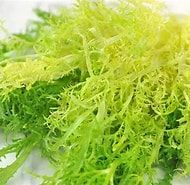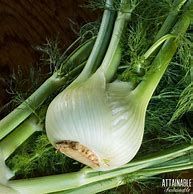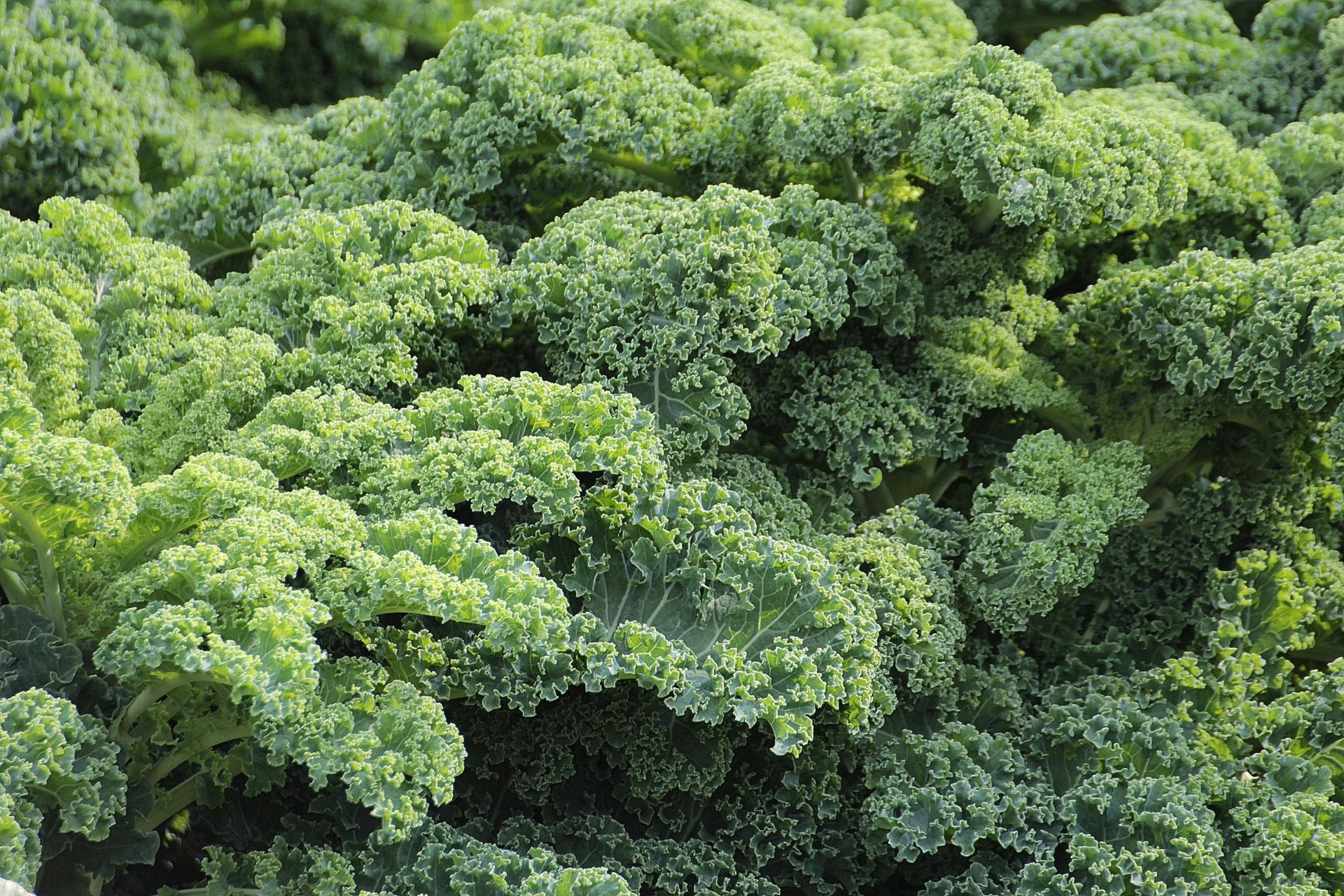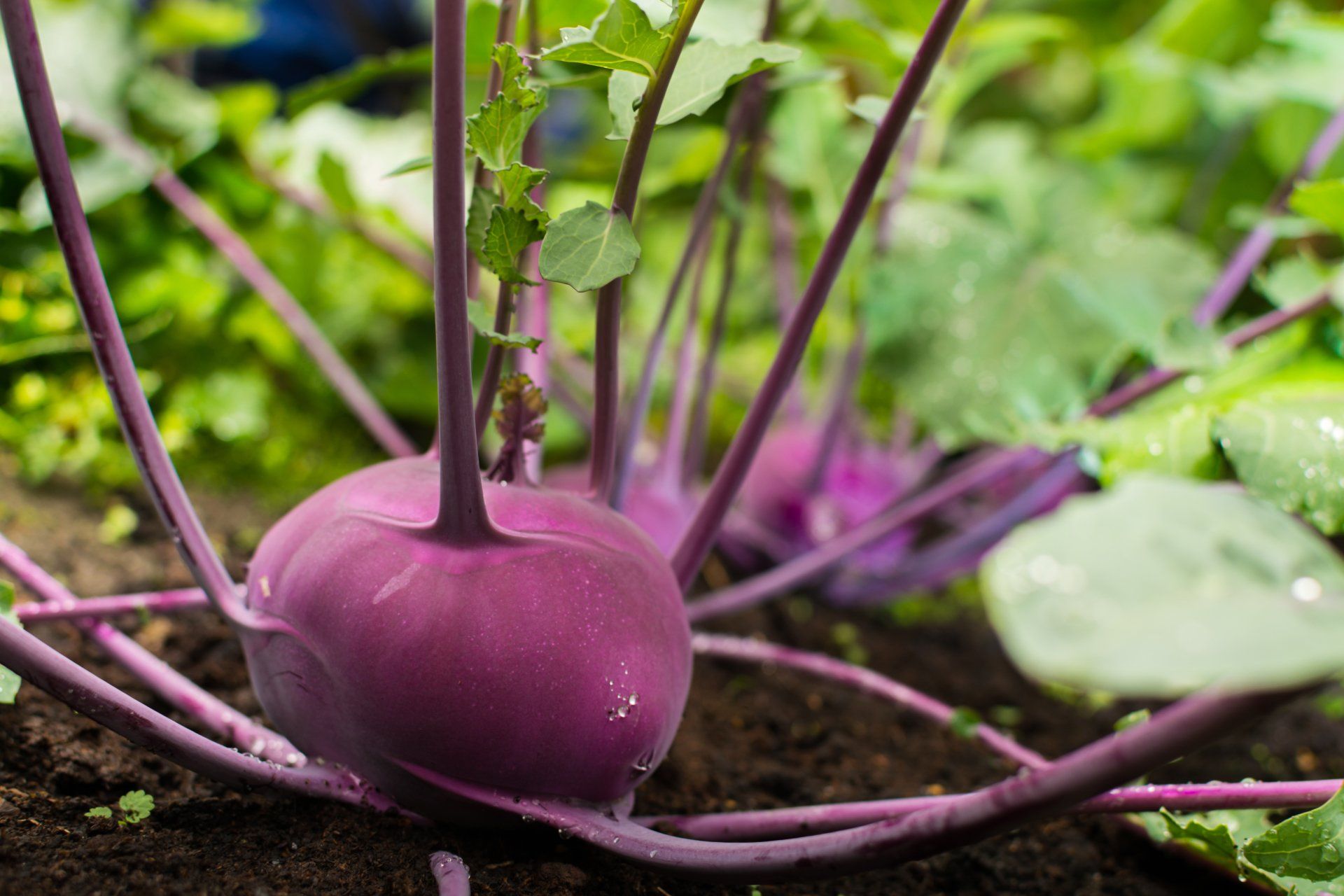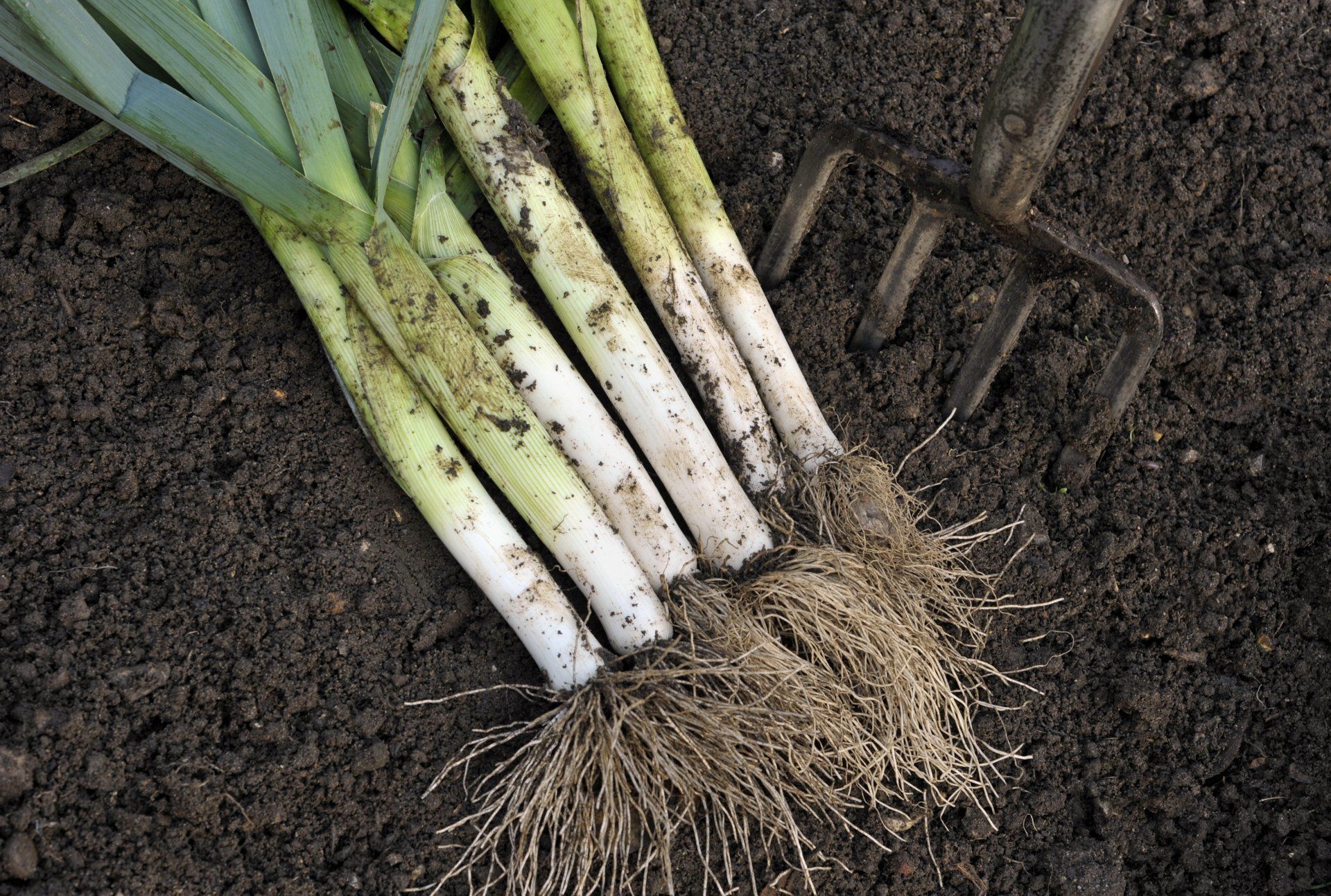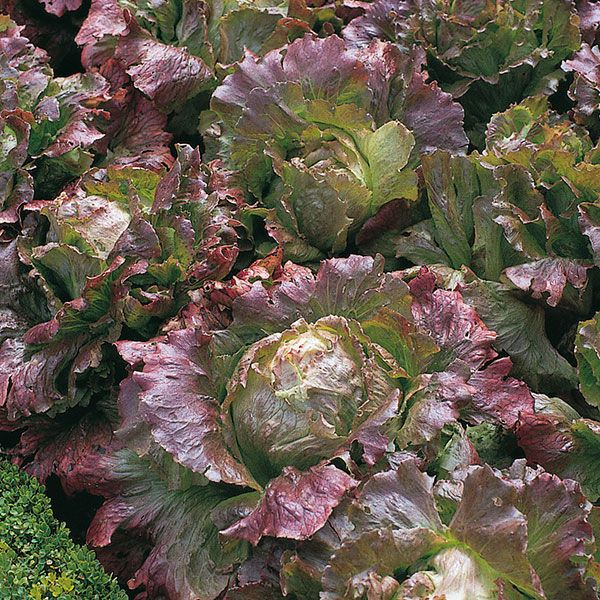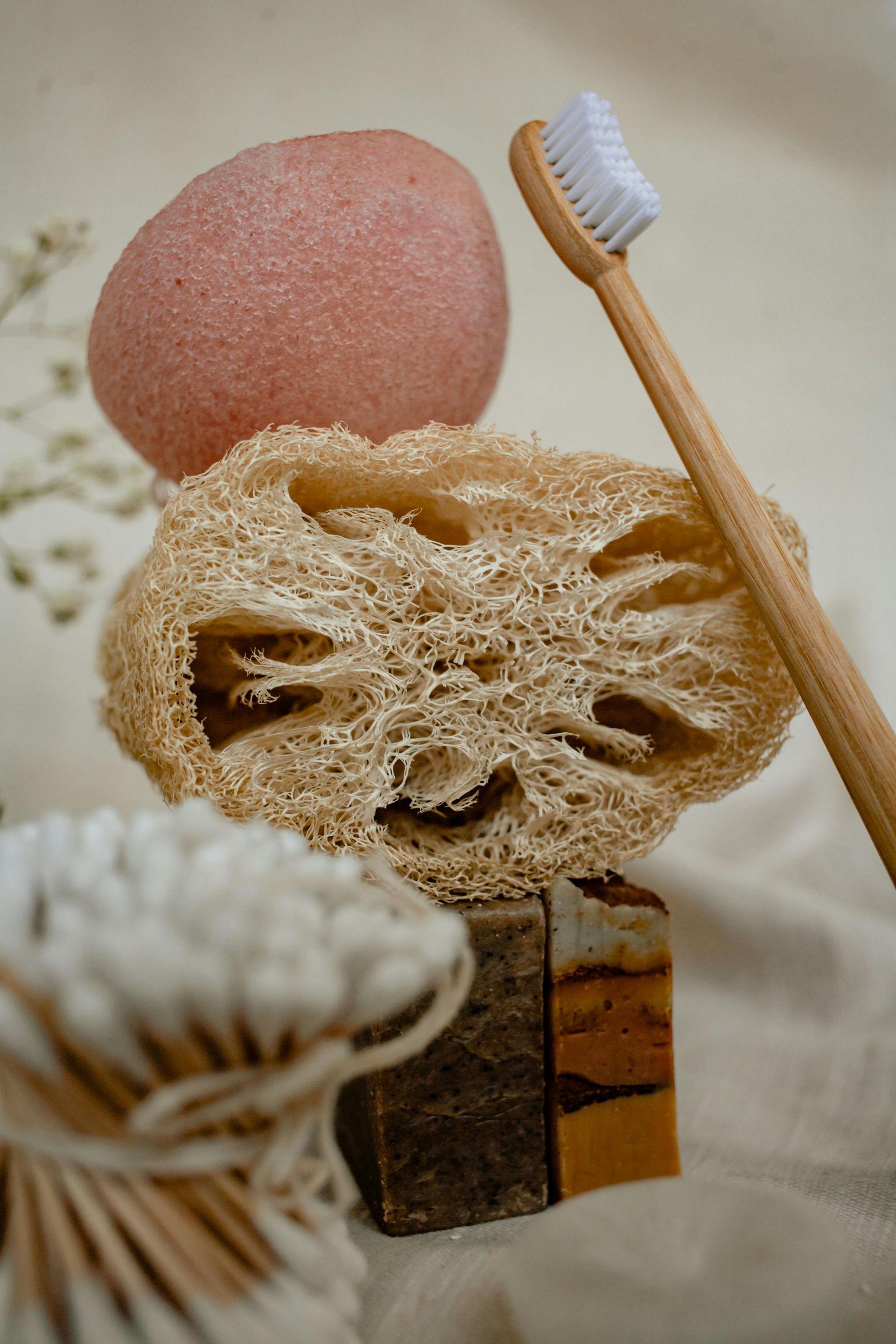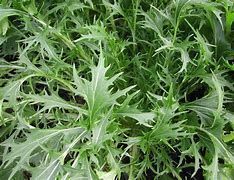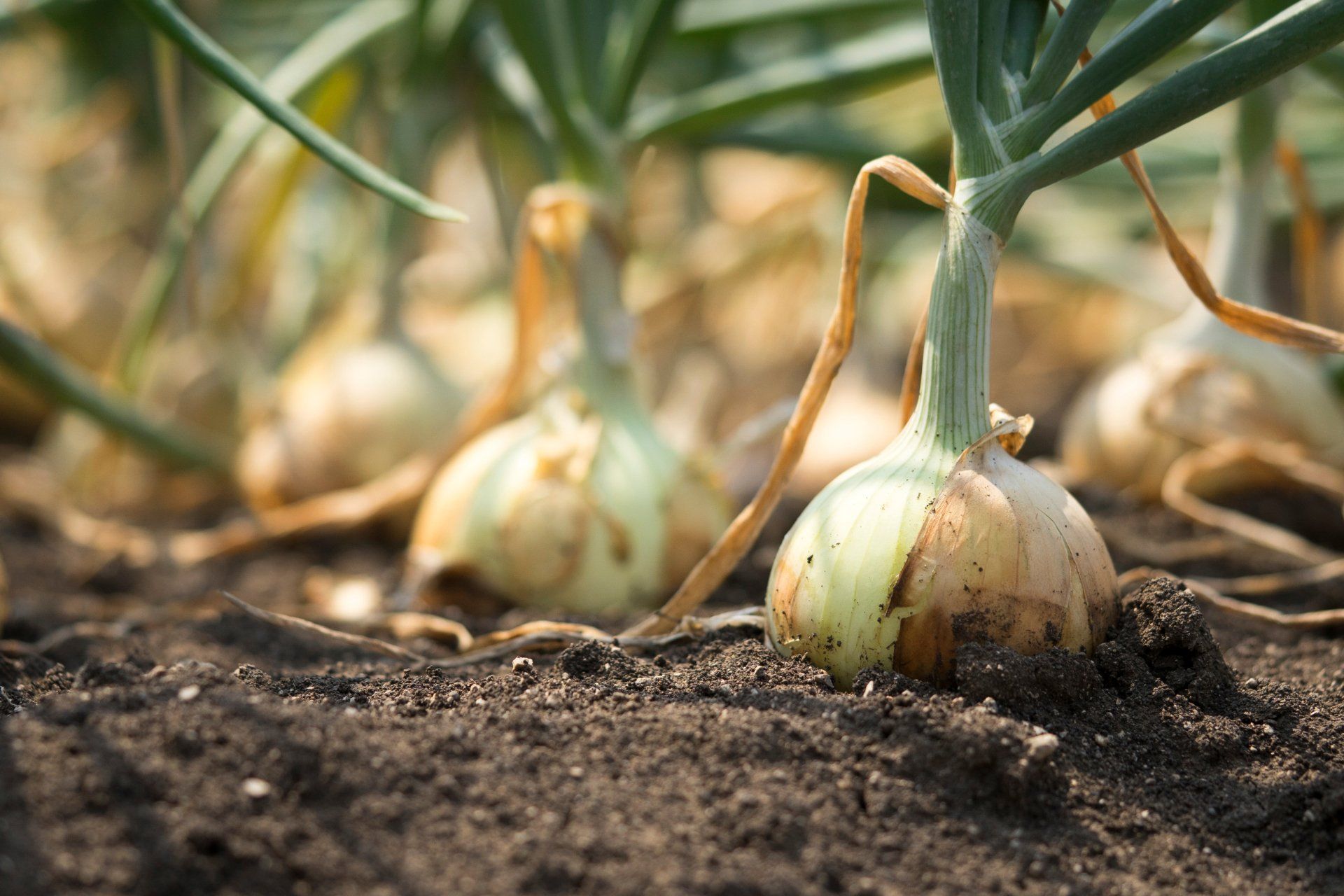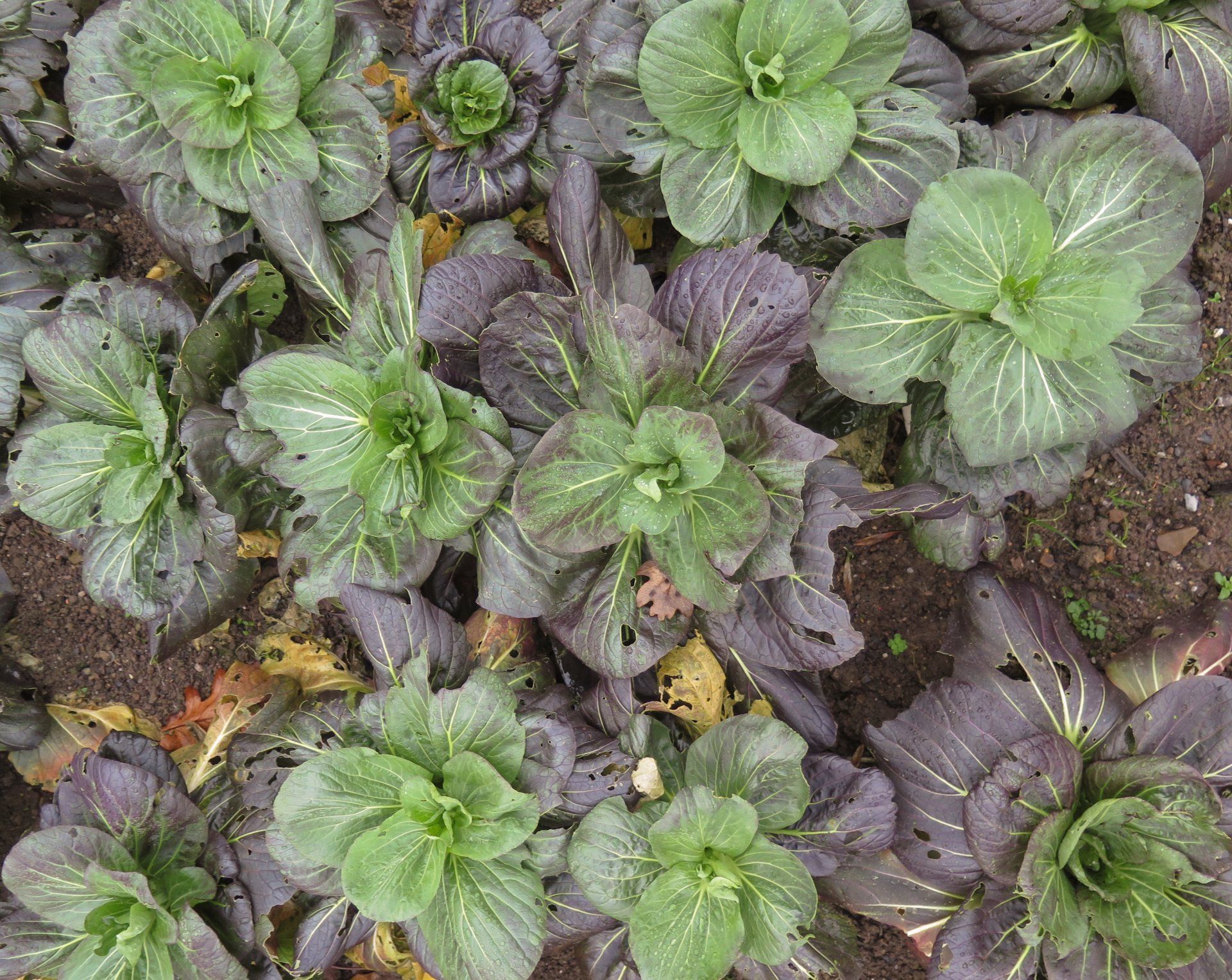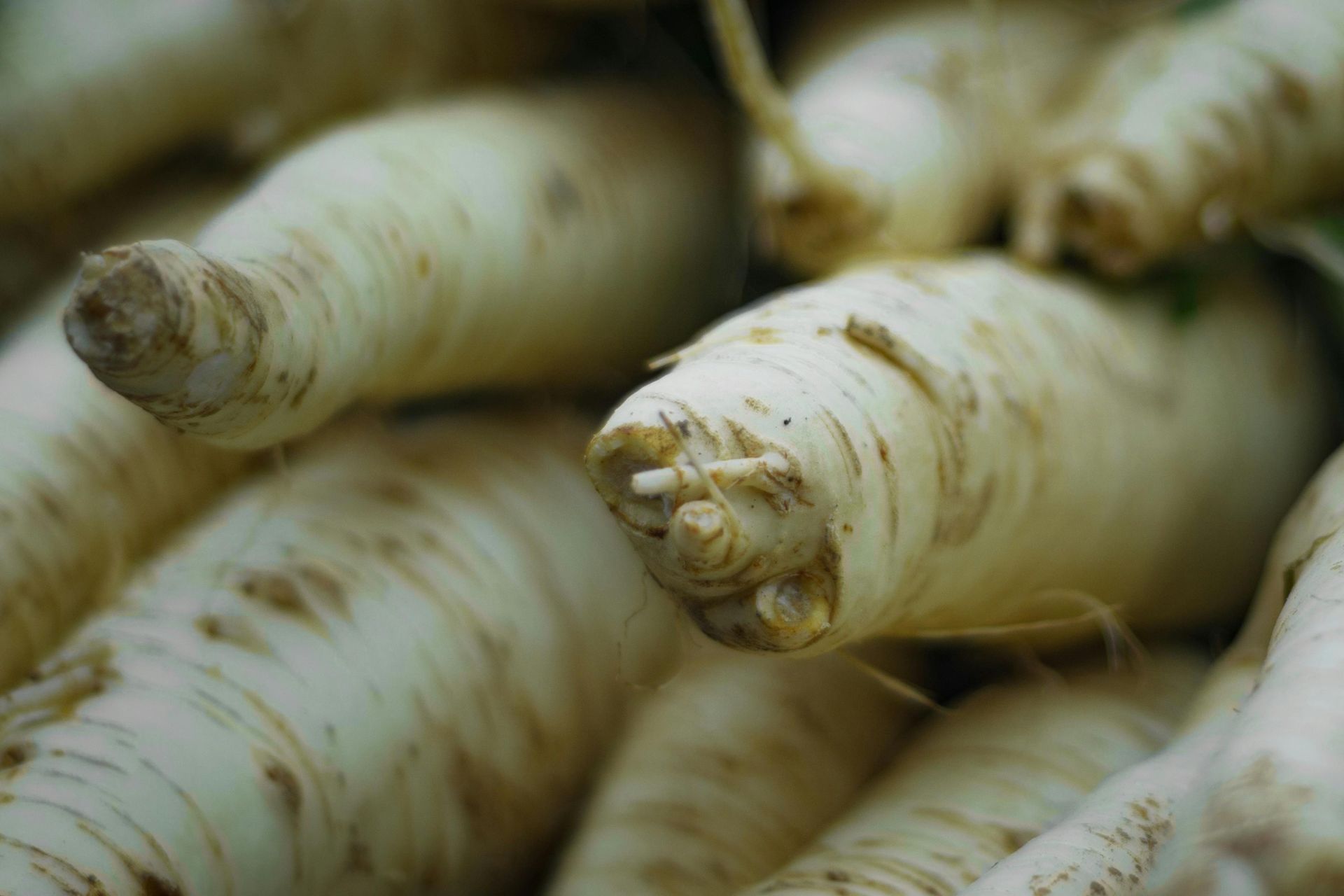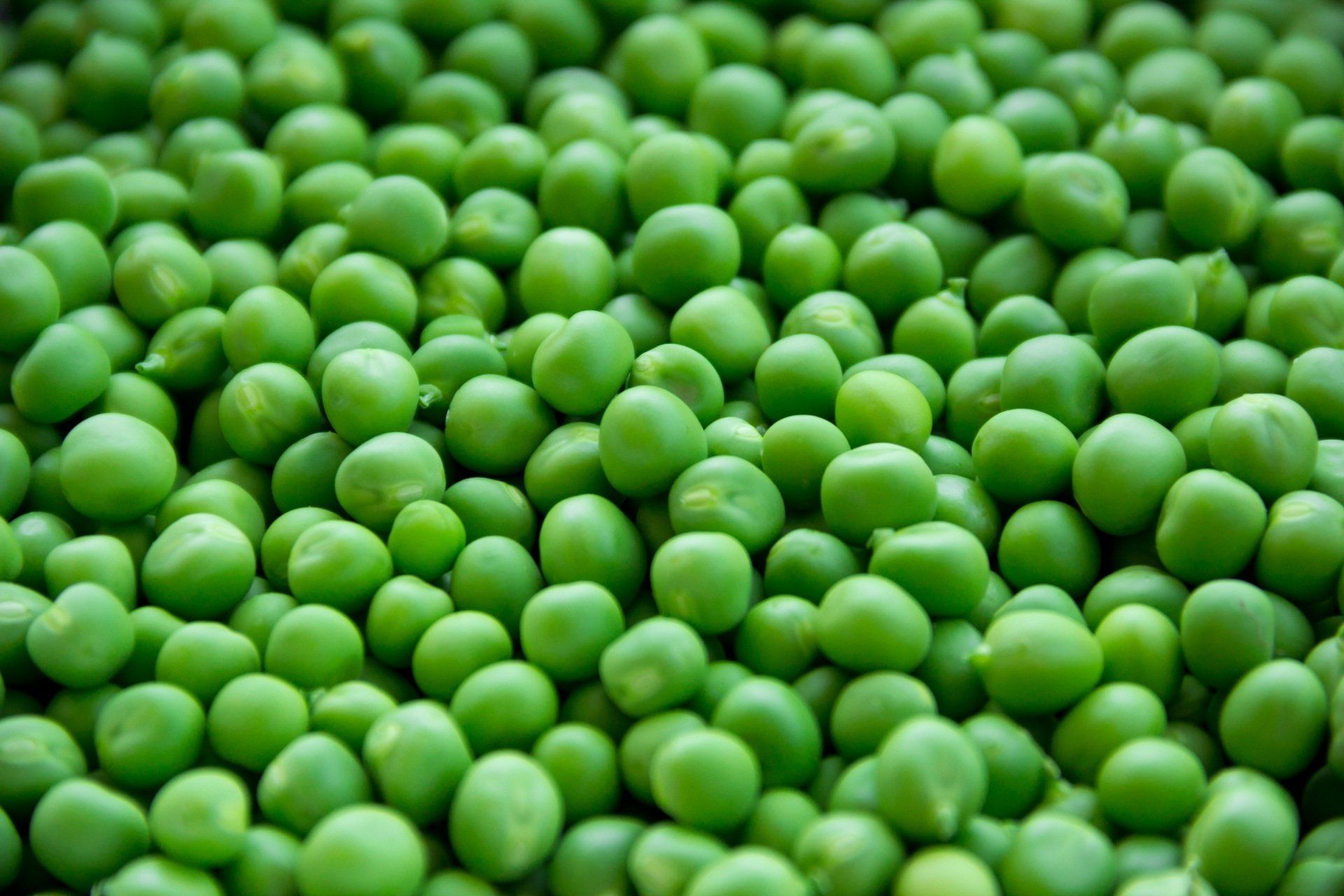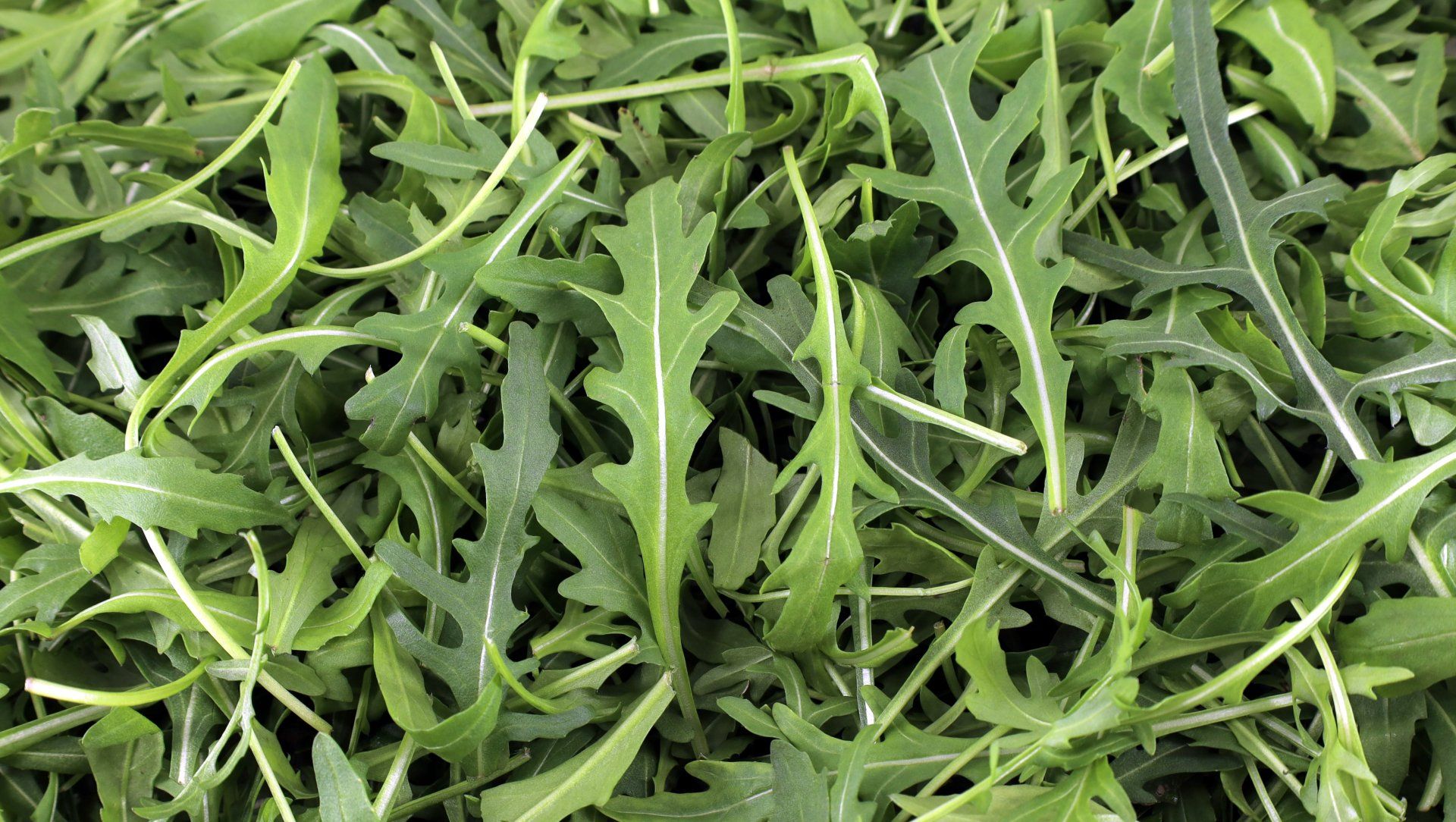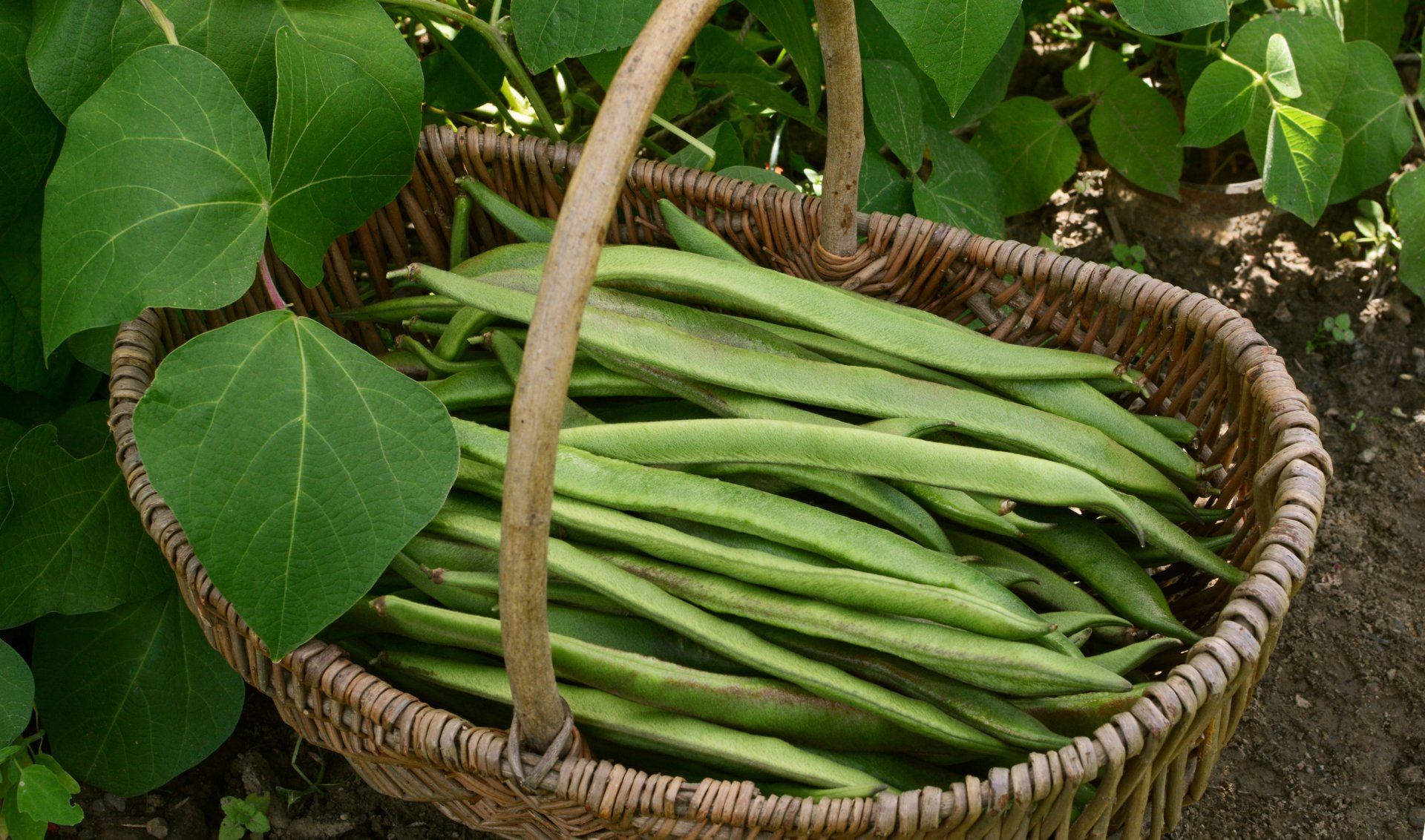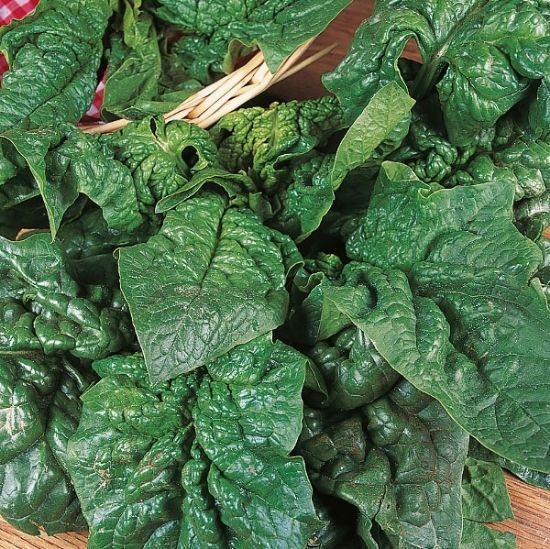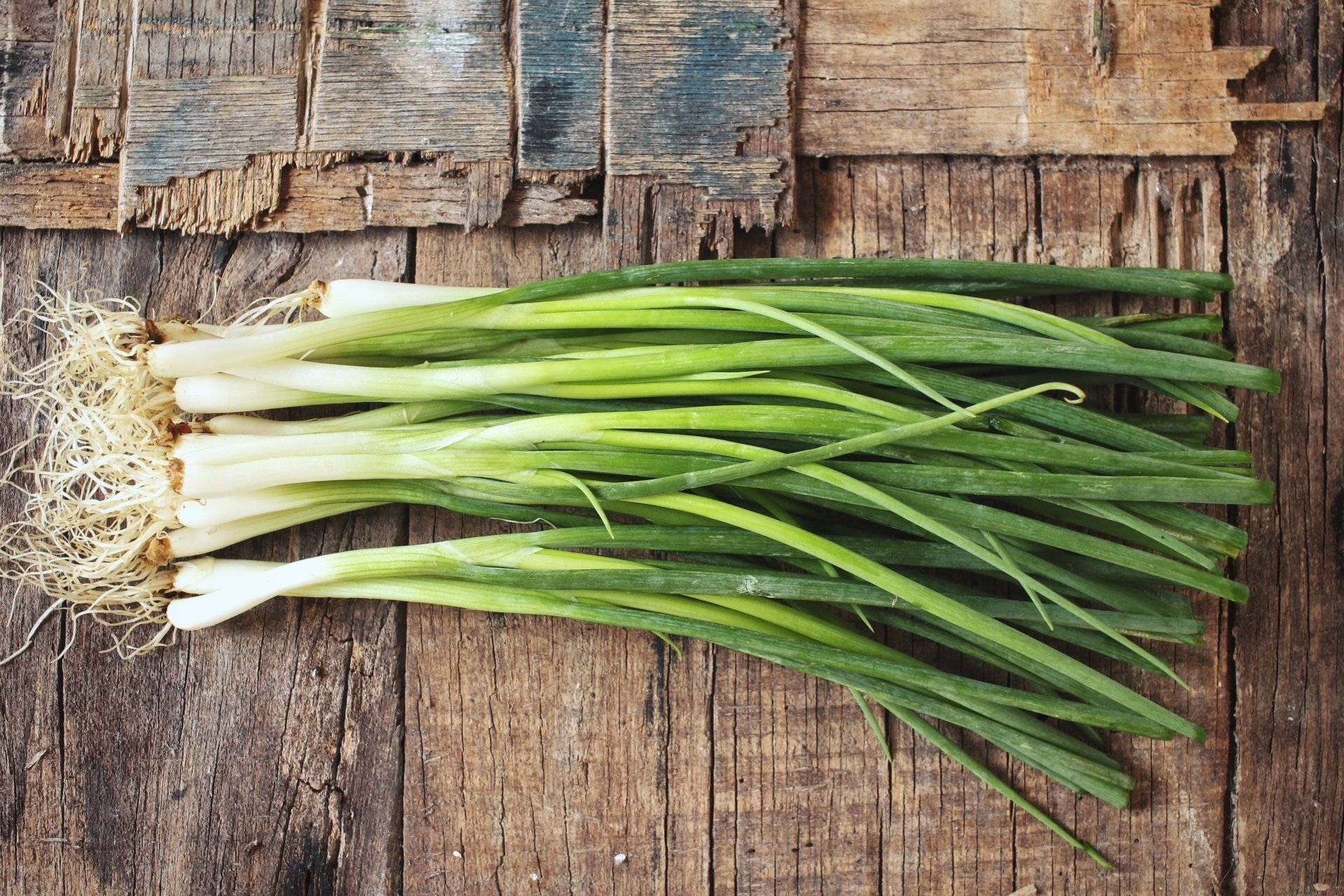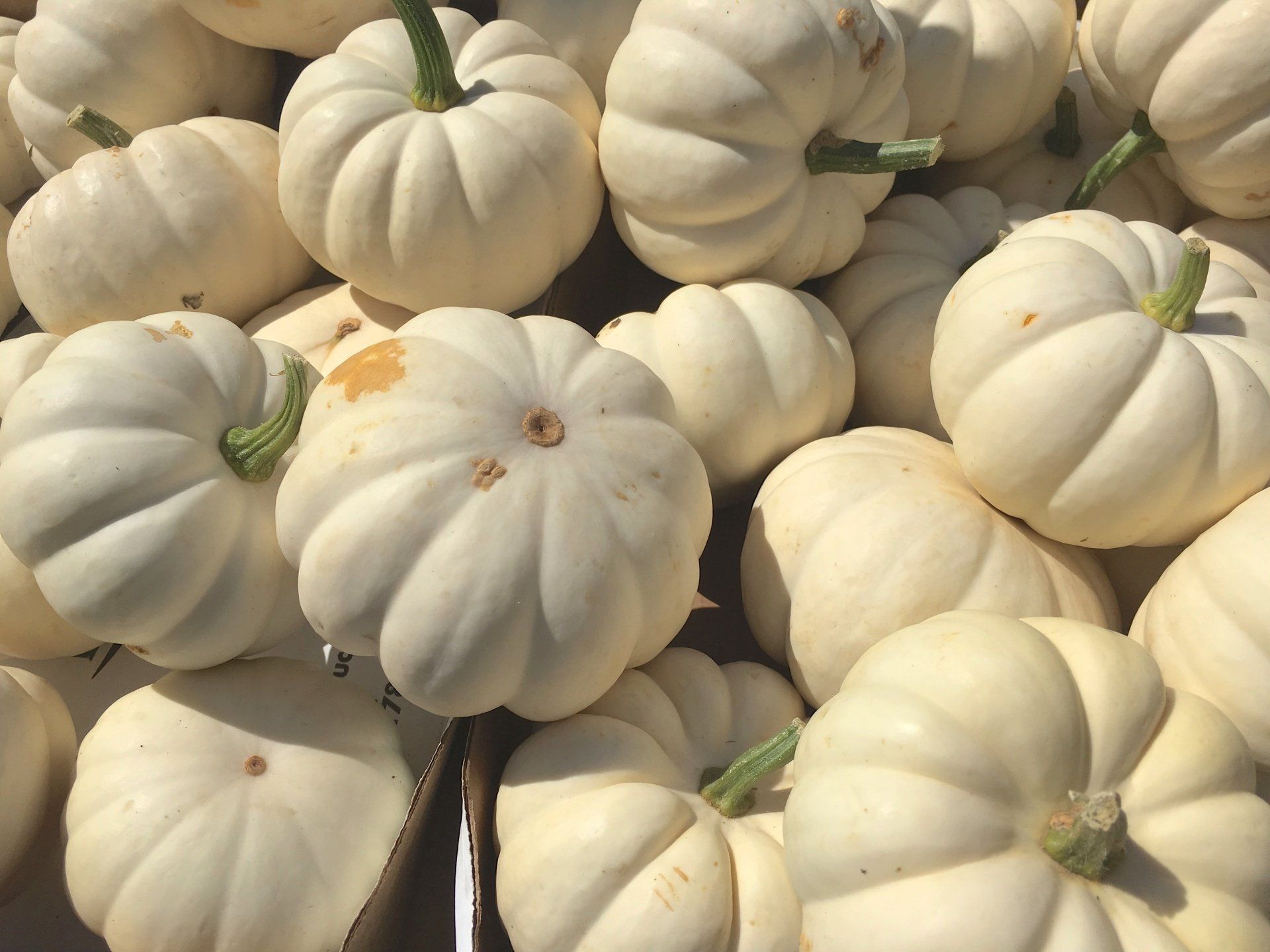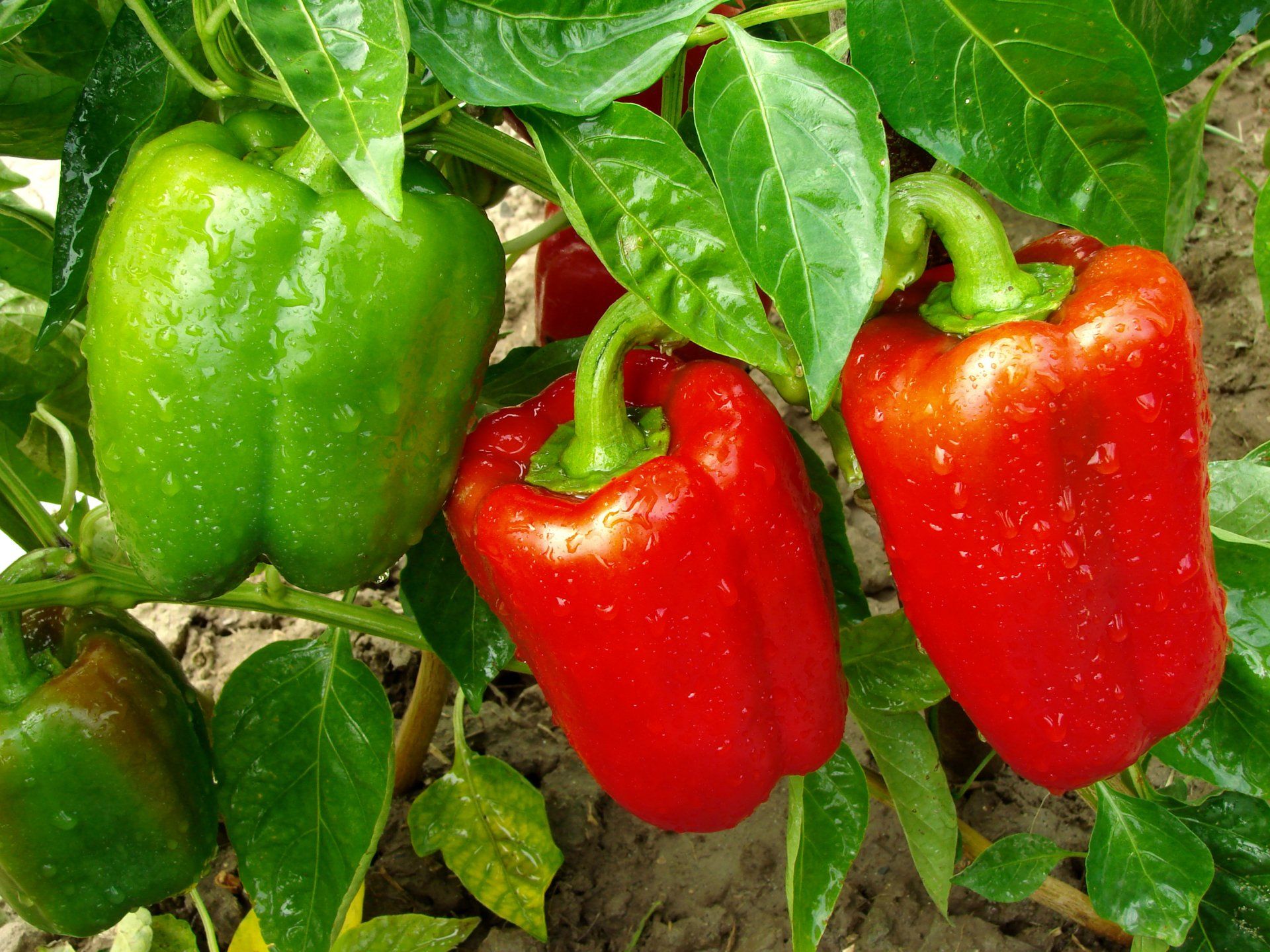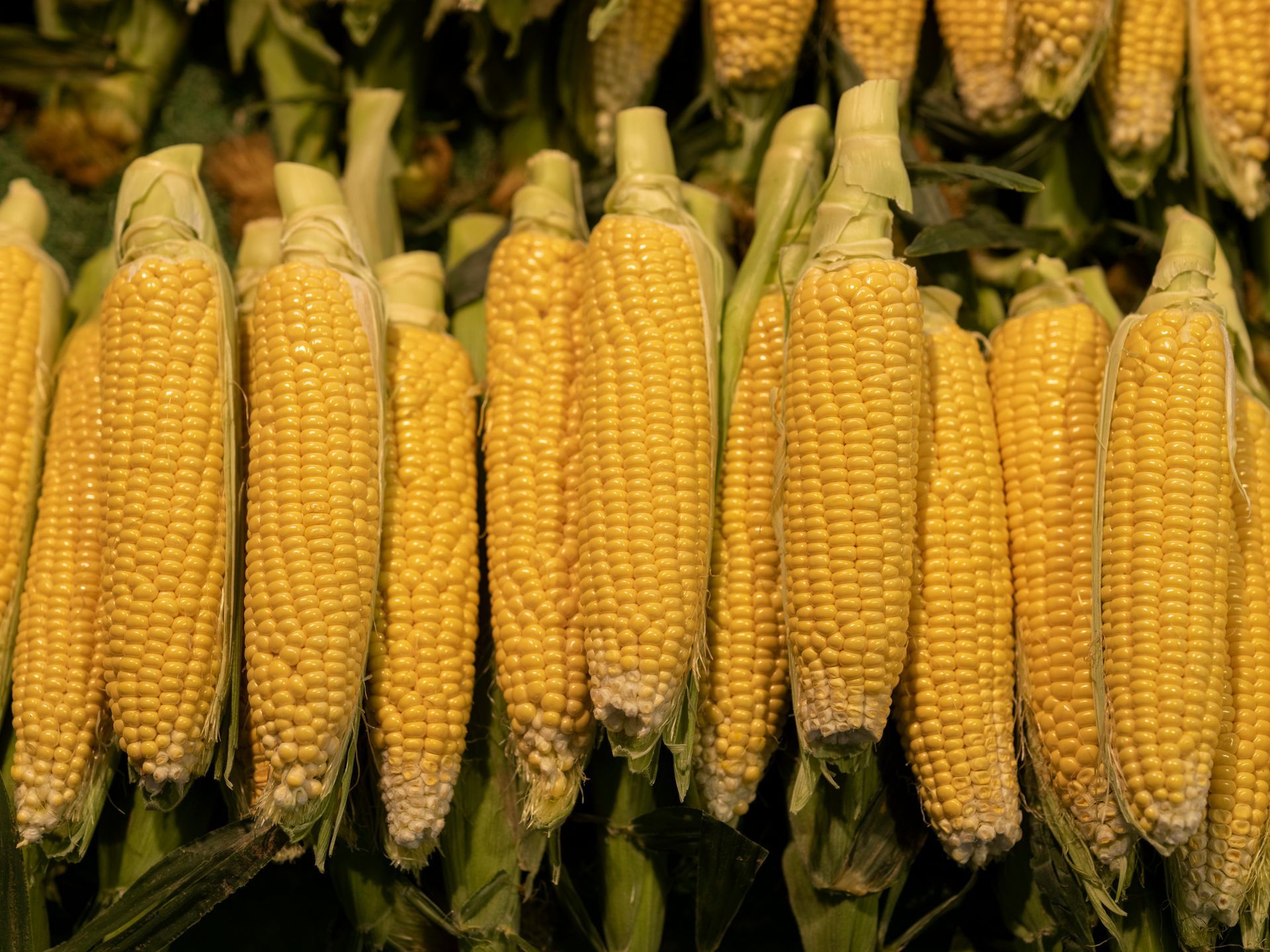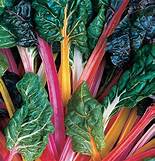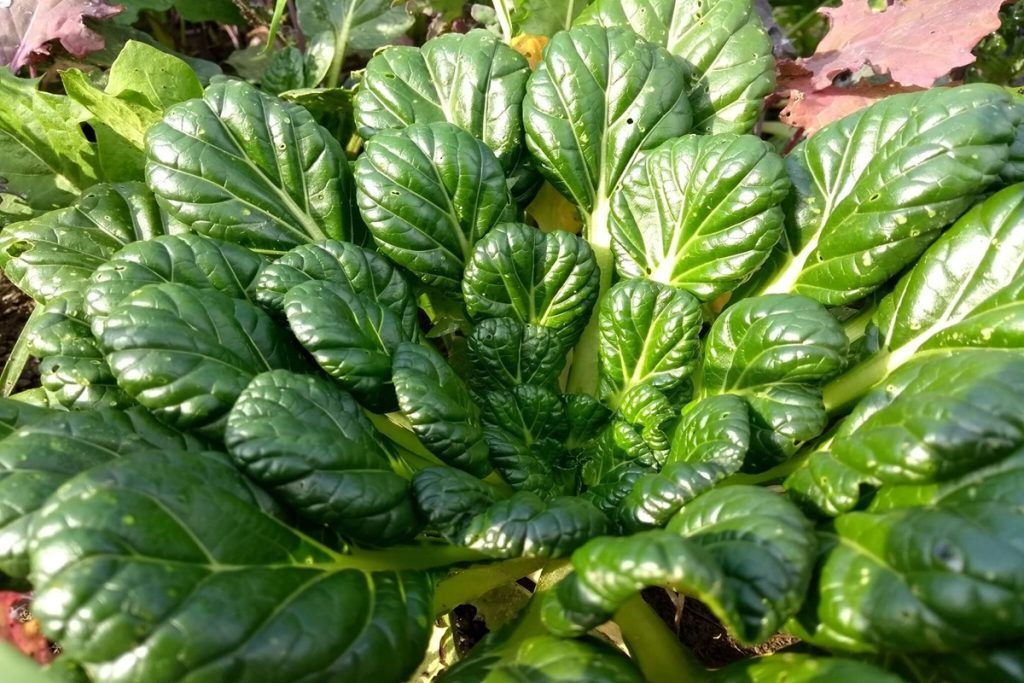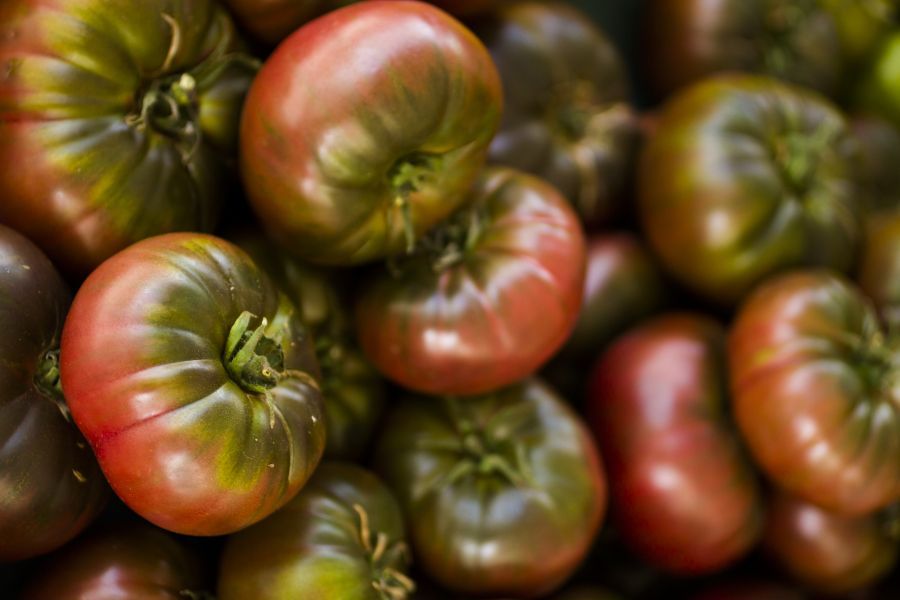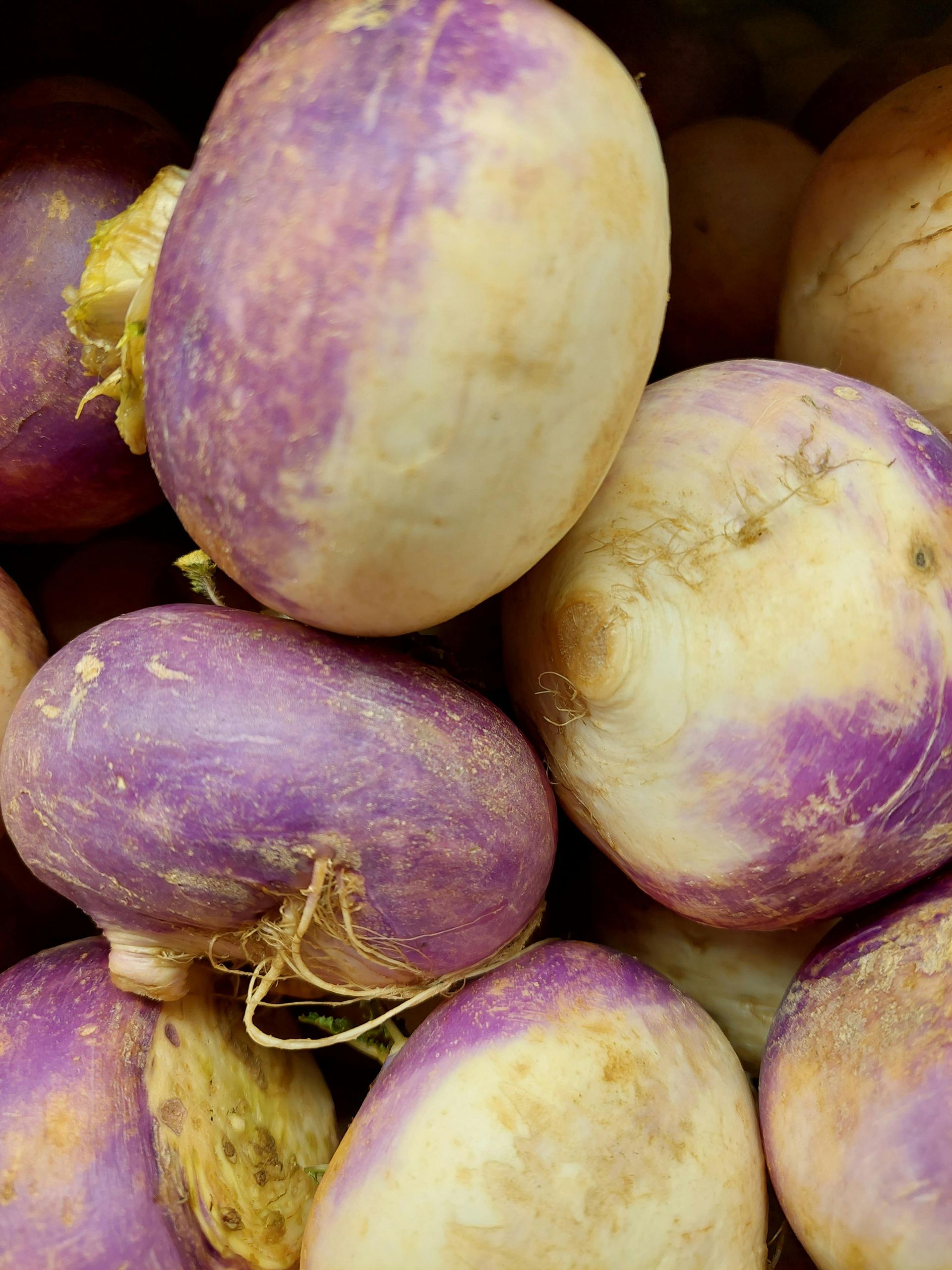Vegetable Growing Guides: A - Z
No matter what vegetables you want to grow Collie Flowers is sure to have a guide to help you on your way to harvesting happiness.
Our guides are regularly being updated to reflect new stocks we bring in, but if there's something you're looking for and can't find here, just drop us a message because I'm sure we can help out.
Although asparagus is commonly grown from crowns (1 year old seedlings), raising the plants from seed yourself isn't that tricky, and takes just 1 year longer. And what's another year when you could be harvesting from these perennial delights for 10-15, maybe even more, years. Homegrow asparagus can be harvested for approimately 8 weeks from mid-April. It's a short season but so worth growing it.
A delicious Mediterranean vegetable, Aubergine can used in dishes such as parmigiana, fritters, curries and baba ganoush. also great grilled, roasted or stuffed. From the same family as tomatoes, peppers and chillies, Aubergines can be easy to grow if you give them the right conditions. They need a good, rich, moisture-retentive soil, plenty of sun and warm conditions. A sunny greenhouse or windowsill is perfect for them, they thrive when the temperature is a steady 20 degrees
Growing beetroot is easy, giving delicious, round, or sometimes cylindrical, roots that can be boiled, roasted or pickled - and even grated into salads. The colourful young leaves can be picked fresh and used in salads, and mature leaves can be wilted and used like spinach. There's a wide variety of beetroot to grow, with orange, white and pink-stripey ones to choose between.
Broccoli (stems) or Calabrese (heads), whichever you want to grow - we've got the seeds and guides to help you. Typcially a slow growing crop that thrives in cool temperatures, just watch out when the florets start to form they can go from being almost harvest ready to bolting in the blink of an eye. Sounds tricky, but if you time your harvests right you'll adore the taste.
Home-grown broad beans are delicious and wonderfully tender, and when sown in autumn become one of the first crops of the year. They're easy to grow from seed, yielding green pods of green, red or white beans that can be used in salads, stews, soups or dips. They don't take up too much space and can be grown in the ground, in raised beds and in large pots.
Love them or loathe them, Brussel Sprouts, are the quintessential british winter veg, representing our Christmas Dinners almost as much as Turkey and Pigs and Blankets. Like all brassicas, Sprouts love cool weather, and they have a long growing time, so be prepared to give up space to them for much of the year. Resist the tempatation to harvest before they've been touched by frost, the flavour improves immeasurably.
If you choose your varieties of Cabbage carefully you can be harvesting them the whole year.They come in a range of different colours, shapes and with different leaf textures. They can be shredded in salads, added to stir-fries or mixed into soups. Cover over your plants with a fine mesh netting to deter butterflies from laying eggs, caterpillars munching them and pigeons swooping down for a feast.
Sweet, tasty and packed with vitamins, carrots are a traditional grow-your-own favourite. They are straightforward to grow from seed (although I will admit they are my nemesis), taking up little space, and can also be grown in containers. Sow small batches regularly from early spring onwards, for harvests almost all year round.
Plan your varieites and sowing times right and you could be enjoying cauliflower all year round, in face the varieity All The Year Round is one of our bestsellers! Typcially a slow growing crop that thrives in cool temperatures, just watch out when the heads start to form they can go from being almost harvest ready to bolting in the blink of an eye. Sow regularly for sucessional harvests, no-one needs 17 caulis ready to harvest 1 week in August!
Celeriac is closely related to celery but the edible part is it's swollen root. It has an unusual flavour, a cross between celery, fennel and aniseed. Tastes delicious roasted and served with other root veg and squashes, in soups and stews. It also makes a great alternative to mashed potato. Celeriac is easy to grow but it does require a long growing season. It grows well in heavy soils, when it is kept moist all year and does especially well in poor summers.
Celery
has long been considered a difficult crop to grow, largely because traditional varieties need a lot of work and attention. Fortunately modern plant breeding has led to many easier, self-blanching varieties that don't need earthing up to produce tender white stems. Celery needs to be kept moist and prefers moisture-retentive, well-drained soil in a sunny spot.
Chicory is an acquired taste. Many people find the leaves bitter, but it's easy to look after and has a long growing season. Chicory can be eaten raw or cooked and is a delicious alternative to add to roasts, stir-fries or as a vegetable side dish. For the best flavour, eat soon after picking. Like rhubarb, chicory can be ‘forced’ by moving mature roots to a warm, dark place in order to coax them into rapid and early growth.
Imagine a world brimming with vibrant colors, tantalizing shapes, and a spectrum of heat levels that range from pleasantly mild to mind-blowingly fiery. Welcome to the universe of chillis, where each variety offers its own unique charm and flavor profile. Some chillis surprise with a zesty hint of lemon, while others delight with fruity undertones that dance on your palate.
Common amongst gardeners is the plight of what to do each summer with all their Courgettes! They will usually fruit for many months, from early summer, sometimes through to the first frost. Pick the courgettes when they’re young and tasty, 10–12.5cm long. Regular harvesting, when the fruits are small, will encourage more to form.
Fresh and zingy, Cucumbers are the taste of summer! Cucumbers are tender climbing or scrambling plants, for growing in a greenhouse or a warm sunny site outdoors, either up supports or trailing on the ground. With enough warmth and plenty of moisture, they’ll produce lots of tasty, crunchy, refreshing cucumbers from mid-summer onwards. When trained up supports, they take up little ground space, so can be grown successfully in compact gardens, patio containers or small greenhouses.
Edamame or soybean is a versatile cropping plant, producing pods that can be steamed and then shelled for the tender fresh beans, or mature beans that can be dried to store for a long period before cooking. Edamame is the name given to the young beans while soybean refers to the mature bean. Plants are frost-tender and need a long hot summer to crop well, best suited to being grown outdoors in sunny but sheltered spots.
Endive is a compact, lettuce-like plant, available in an attractive range of colours and shapes, from bright green and frilly, to rounded and red. Blanching the leaves by covering for 2 weeks before harvesting can reduce their bitter flavour. Blanch only a few plants at a time, as they deteriorate rapidly afterwards, especially in warm or rainy weather, so need to be used promptly.
Florence fennel is an attractive plant that forms a white ‘bulb’ at ground level made up of the overlapping, swollen bases of the leaf stalks, with a sweet, mild aniseed flavour. Fennel grows best in warm, damp summers and is well worth the effort if you can give it the right conditions. The key to success is to provide regular water, never letting the soil dry out, so plants keep growing strongly.
French Beans give you two crops for the price of one: enjoy the pods when they're young and tender, or leave them to dry on the plant for use as haricot beans. Easy to grow and heavy cropping. A tender crop, wait until at least April to begin sowing these. Choose either dwarf or climing varieites to suit your growing space.
Easy-to-grow Kale, with its superfood qualities, is a must-have in your home grown vegetable garden. Despite being a brassica, it's relatively pest free, so whilst the cabbage whites might lay eggs on and devour your Cabbage and caulis, Kale is usually untouched aside from white-fly living under the leaves.
Until you grow it, Kohl Rabi is one of those veg you don't know you need in your life. A fairly easy and quick-growing vegetable, the ball shaped stems, have a mild flavour similar to broccoli or turnip. A member of the Brassica family, Kphl Rabi is quite decorative, with fleshy green or purple globes growing beneath green or purple leaves. Cook it or grate it raw into salads, even the leaves are edible – eat them steamed like spinach.
Probably one of the most regularly eaten vegetables, Lettuce is easy to grow at home. It's much cheaper to grow your own lettuce than buy bags of lettuce from the shops, and the variety of lettuces you can grow versus shop-bought lettuce is greater, too. Lettuces come in a wide variety of shapes, colours and textures. By growing a few varieties you'll have all the ingredients you need for a delicious, colourful salad all year round.
Although it's technically a veg, I'm not sure I'd want to eat a bathroom sponge! Luffa - the cucumber-like fruit dries out as they mature leaving a fibrous core which you can use as an exfoliating sponge or kitchen scourer. Fruits are also edible if harvested when young. Grow in the same way as a cucumber.
Mizuna is a Japanese green with a mildly spicy flavour, perfect for eating raw or lightly cooked. The plants take up little space and are ideal in containers as well as in the ground. Sow repeatedly for generous harvests across most of the year. They are easy to grow from seed most of the year, in sun or light shade and moisture-retentive soil.
Often grown from heat treated sets, Onions can be grown from seed, sown either indoors or outside. Seed is cheaper to buy, but slower to grow and the seedlings need more careful attention, however seed-grown plants can be less susceptible to bolting (flowering). To ensure a good crop, seed-raised plants must be growing strongly by late spring, as the lengthening days trigger the formation of bulbs – the more leaves plants have at this time, the better the bulb will be.
Pak choi is easy to grow, but can be prone to bolting in hot weather so it’s a good idea to grow it in partial shade and keep it well watered. Pak choi is hardier than many other leafy crops, so late sowings will crop in autumn and even winter, if given a little protection with a cloche or some fleece.
Parsnip's flavoursome roots are delicious roasted but can also be added to soups and stews. Although parsnips are full size in around four months or 100 to 120 days, they take a long time to mature, harvest when the roots reach their full size and have been frosted which helps developed their distinctive sweet taste.
Growing your own Peas is a joy. The sweetness of fresh peas is unmatched. Garden peas taste better than those from the supermarket. Each bite of sweet peas is a burst of natural sweetness. This makes them a highlight in any meal - if you actually manage to get them from the garden to the kitchen that is!
Radish are easy to grow and make a tasty addition to salads, or a crisp and crunchy snack on their own. There are many different types of radish to choose from, both summer and winter varieties. Radishes are great to grow from seed as they're quick to germinate and are ready to harvest within a couple of weeks. Unlike many root vegetables, radishes cannot be left in the ground, as doing so will cause them to become tough and woody.
Fast and easy to grow, Rocket has a distinctive, peppery flavour that adds a punchy kick to salads. When harvesting pick a few leaves from several plants. If you take lots of leaves from one plant, growth will be weakened. Both the leaves and the flowers of the rocket plant are edible – the flowers make lovely decorations for salads and other dishes.
Spring onions are quick and easy to grow and are a great ingredient for salads and stir fries. They don't need a lot of space or much soil, so they’re perfect for growing in smaller spaces or a container. With varieties that can be grown all through the winter months, they have a long cropping season, too.
Squashes come in a huge range of shapes and sizes, from massive pumpkins to tiny patty pans, some you can harvest in summer, others in Autumn for storing. They can grow snaking along the ground or up on a trellis, or other sturdy support. A tender crop, wait until at least April to begin sowing these.
The range of Sweet Peppers you can buy may have increased in recent years, but the choice you get from growing your own is far wider. You don't need a greenhouse to grow sweet peppers – as long as you have a warm, sheltered and sunny site, you should get a decent crop. Sweet peppers are attractive plants (especially when in fruit) so are ideal for growing on a south-facing patio or window sill.
Home-grown Sweetcorn cooked within minutes of picking – or even eaten raw – is simply the sweetest and juiciest sweetcorn you’ll ever taste. A favourite allotment crop, its statuesque, leafy structure and easy-to-grow nature make it great to plant in bold blocks in your borders, or as a productive screen to divide up areas of your vegetable plot.
A delicious alternative to spinach, Swiss chard is easy to grow. In the UK it's usually referred to as chard, but it's also known as leaf beet. With its ornamental leaves and often colourful stems, it looks just as good in containers and borders as the vegetable plot. Swiss chard is hardy and can be overwintered for early pickings in spring.
Tatsoi, a resilient leafy green which is exceptionally hardy, capable of enduring temperatures as low as minus 10 degrees Celsius, and has been observed to thrive and be harvested even beneath a blanket of snow! This versatile substitute for spinach yields ample fresh greens during the winter season and, indeed, over a large portion of the year.
Growing Tomatoes is fun and rewarding, resulting in masses of fresh, nutritious fruits that taste better than anything you can buy in the shops. The main bonus of growing your own tomatoes is the many different varieties you can grow, including cherry, plum and beefsteak, each with its own distinctive flavour, shape and culinary use.
Turnips may be a bit of an old fashioned veg, but small, young turnips and their green leafy tops are secretly gourmet vegetables. They're one of the less troublesome members of the Brassica family to grow, and should be grown quickly and kept well watered. Harvest them before they get too large for the best flavour. The smaller the roots, the sweeter they are.

